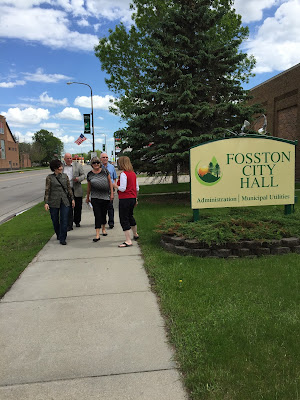 |
| Living well is simple - and easy - when you take it one step at a time. |
Here are a few tips to keep in mind if you want to get healthier:
- Focus on the positive. Better habits equal more benefits. For example, if you stay tobacco free, you no longer buy cigarettes and you need fewer doctor visits – money saved.
- Reward yourself. Enjoy an outing or a new book when you achieve a goal, such a slosing five pounds or walking two miles a day. Choose a reward that is meaningful to you.
- Record your success. Tracking accomplishments gives you a thumbs-up. Share your success online. Research shows that when people keep a record of diet or exercise, they tend to stay on track with their goals.
- Develop new habits gradually, and you’ll enjoy good health for life. Don’t expect change to come overnight, but unless you get started, you’ll never get there.
- Step it up. Walking is simple and it feels good. No special equipment required. In fact, our bodies are meant to move. If you already walk, add some variety to your workouts. Walk one day and then bike the next. Check out Fosston’s FIT Trail, if you haven’t already.
“Do not go where the path may lead, go instead where there is no path and leave a trail.” Ralph Waldo Emerson
HealthyU is brought to you by SHIP, Polk County Public Health, the City of Fosston, Essentia Health, and several other private partners. Launched in 2008 as part of Minnesota’s bipartisan health reform effort, SHIP works to help Minnesotans live longer, healthier lives while building healthy, vital communities. SHIP encourages healthy eating, active living, and avoiding commercial tobacco by working with schools, communities, workplaces, and healthcare to make healthy choices easier.
photo credit: <a href="http://www.flickr.com/photos/12786044@N00/9316926836">Fern Canyon, Little River, Van Damme State Park, Mendocino</a> via <a href="http://photopin.com">photopin</a> <a href="https://creativecommons.org/licenses/by/2.0/">(license)</a>









